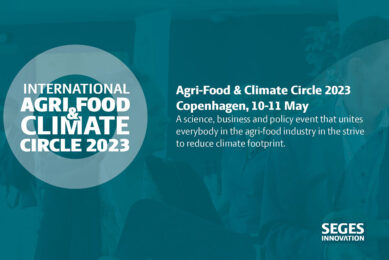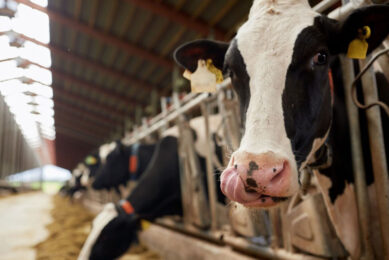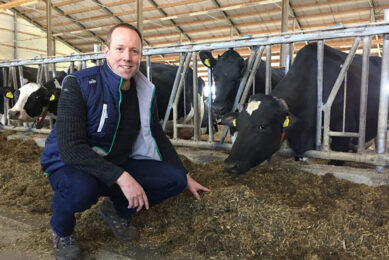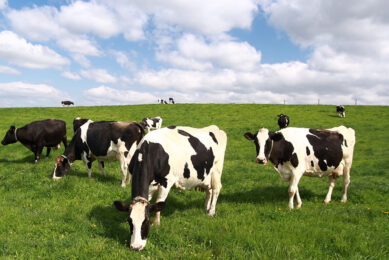Drop GHG emissions offset by yields increase
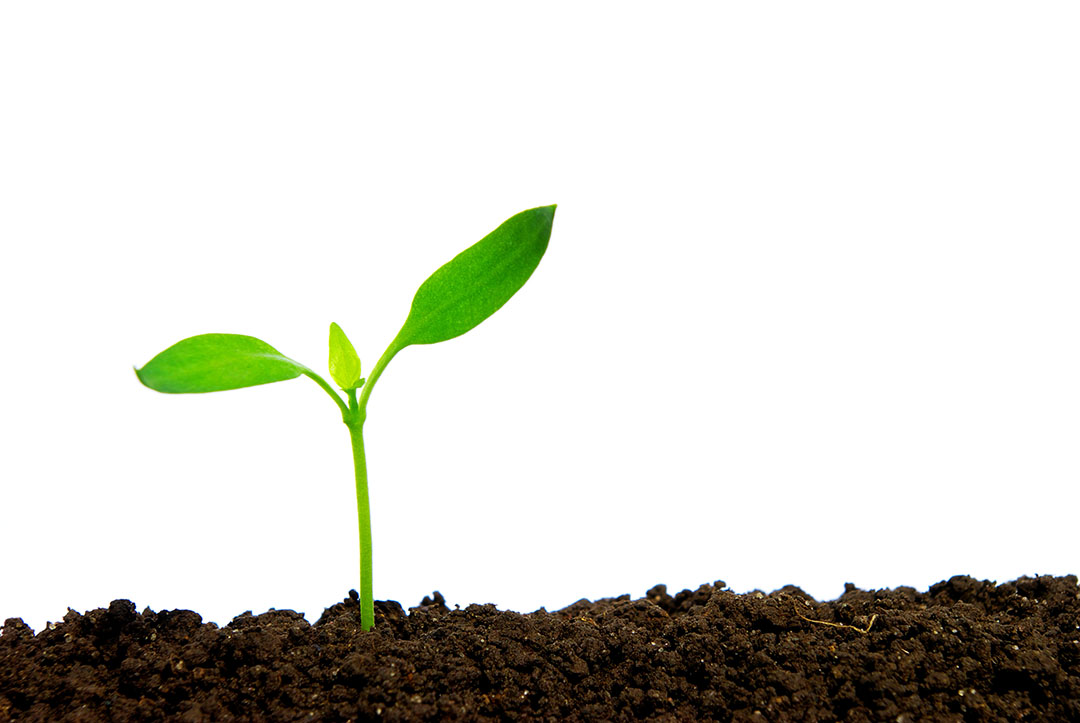
Greenhouse gas emissions from agriculture are not projected to change significantly (-0.3%) between 2012 and 2030. This is according to the latest EU agricultural outlook.
Agriculture accounts for 10% of total EU greenhouse gas (GHG) emissions. Total non-CO2 (CH4 and N2O) GHG emissions from agriculture are not projected to change significantly (-0.3 %) between 2012, the year used as a reference for the environmental baseline, and the CAPRI projection for 2030.
Decrease is offset by increase in yields
In 2030, livestock will continue to be responsible for 99% of all methane (CH4) emissions from agriculture, the biggest share (85%) coming from ruminants digestion. A decrease in emissions from ruminants digestion (-5%) is expected due to a decrease in dairy cattle heads associated with an expected increase in productivity. Nevertheless, this decrease will be offset by an increase in nitrous oxide (N2O) emissions. These emissions come mostly from crops (higher crop yields and production) but also from manure application on fields, although the total amount of manure will slightly decrease. Greenhouse gas emissions are therefore expected to stay at the same level then in 2012. Despite this, there is an anticipated drop in the level of atmospheric ammonia across the whole EU, with emissions estimated to decrease by 9% by 2030.
Ammonia emissions per region
The reports also shows some maps to show the ammonia decreases per region. Projected absolute changes in ammonia emissions shows that although many regions are following the general EU trend for a decrease in emissions, many others show no significant change and some may even experience an increase in NH3 levels, for example a number of regions in Poland. The main drivers can be found in the production projections. Looking at animal products, we see that in Bulgaria meat production and N in manure are decreasing and in Romania and Poland, meat production and N in manure from pigs and poultry are increasing but production and manure from dairy cattle are decreasing.
Read also: Global agriculture at a critical crossroads
Large animal production increase in Poland
Whereas the decrease in dairy cattle in Romania offsets the increase in the pigs and poultry sector, resulting in a net decrease in total N in manure, results for Poland show large increases in total animal production (+35% protein production), and N in manure (+15%). Additionally, in Poland the increase in cereal yields is leading to higher cereal production (+30%) and higher total use of N mineral fertiliser (+21%). As a result, total NH3 emissions between 2012 and 2030 are predicted to increase in Poland by 13%, a figure that can be split into emissions from manure (+8%) and from mineral fertiliser (+22%). The emissions from manure are explained not only by the increase in total manure but also by projected changes in manure management systems. In Aragon (north-eastern Spain) the increase is mostly due to increased pigmeat production (+40%). As the model does not account for additional measures to be taken to meet the limits in the NEC Directive, the 2030 NH3 emissions are likely to be lower. Looking at the projected regional distribution of NH3 emissions in 2030, the reports shows that despite the increase in emissions projected in Poland, Spain and Austria, levels are still lower than in those of most of the current hotspots (regions in Belgium, the Netherlands, France, Italy, etc.). The decreases projected for Germany and the UK show a better situation for 2030, except for north-western Germany.
Nitrogen lost to water
The report anticipates a decrease in the amount of nitrogen lost to water in the EU, with projected figures suggesting a drop of 8% when compared to 2012. This change will be primarily driven by productivity gains in the dairy (with less manure produced) and crop sources. This will have a positive effect on plant biodiversity in the EU. The 2012 to 2030 period however should see a modest increase in the potential plant species, showing an increase of 2%.




